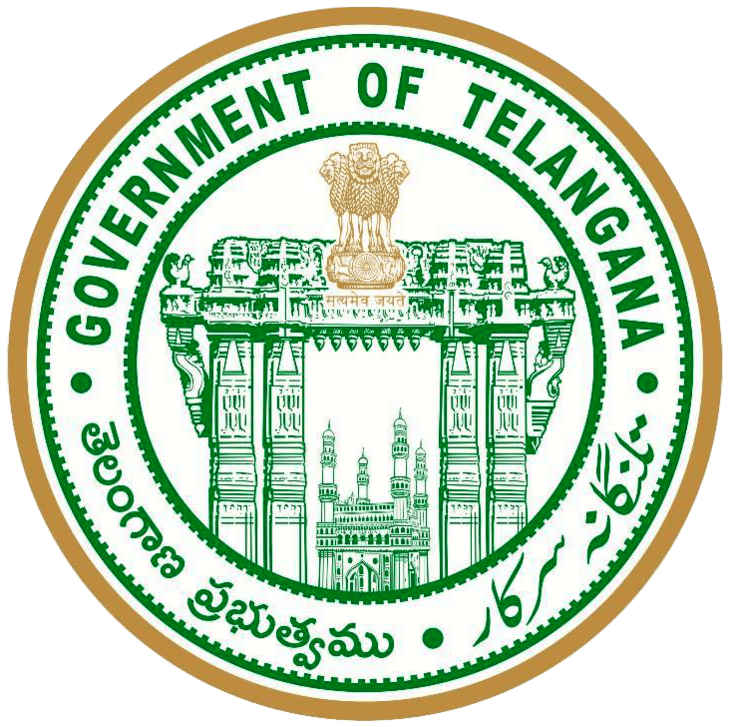India’s financial landscape will undergo a marked shift from being dominated by a few big-ticket players to multiple nimble, innovative financial services providers.
India’s fintech hub has seen exponential growth since it was created five years ago. Several startups joined the space to number about 700 in 2014 and their numbers have grown to over 2000 in 2019.
Buoyed by supportive government policy, a conducive regulatory environment and the opportunity to address the unmet financial needs of scores of consumers, companies in this space have been using technology to break new ground in the Indian financial services industry.
Paying it forward with digital payments
The one area that has attracted a large number of players, as well as proportionately high volumes of funding, is the domain of payments. While an estimated USD 2 billion is reported to have been raised by the Indian fintech industry in 2018 across 165 deals, a whopping USD 72 million of this sum is said to have been pumped into the payments domain in the same year.
Enabled by the widespread adoption of mobile wallets, several fintech companies including PayTm, OlaMoney and Airtel Money have chosen to specialise in prepaid instruments, bill payments, peer-to-peer payments and payment gateways. These cashless solutions and platforms effectively address the yawning gap that exists across the country for affordable, “24/7 on” digital payment options that only require a smartphone and mobile Internet.
New payment solutions including UPI and Bharat QR are enabling a shift from predominantly cash-based to digital transactions. However, scores of consumers in smaller cities, towns and rural areas do not have a bank account or access to any reliable financial institutions to issue payments.
In the coming years, fintech startups in this space are being expected to revolutionise the Indian financial services industry through offline on-boarding of new customers and making forays into the so far undeserved tier 2 and tier 3 markets. Experts say that one of the ways payment-oriented fintech firms will evolve is by deploying voice search in vernacular languages.
Enabling easy loans for SMEs
The other leading domain that fintech startups in India, including Shubh Loans, WonderLend Hubs, and Simpl, are focusing on is lending. These startups offer small merchants, local entrepreneurs and private individuals the advantage of access to money that traditional lenders and big banks do not typically provide.
Similar to the fintech players in the payments domain, startups focused on providing lending solutions also specialise in reaching the underserved in smaller cities and industries where there is a growing need for financial and credit guidance. A typical target group that these companies cater to is merchants from the SME space. With the deep penetration of smartphones in smaller towns and cities and the consequent access to digital information, small-scale enterprises with big ideas are upwardly mobile.
However, they often hit hurdles to growth due to the conventional lens through which traditional or established lenders view them. Fintech startups in the lending space aim to address the credit supply crunch that these SMEs typically face and thereby unleash such merchants’ growth potential.
Offering insurance with a difference
Fintech startups in this space that focus on providing tech-powered, iterative insurance products aim to fulfil two primary objectives; first, to attract the middle and affluent classes to insurance providers by offering them personalised, cost-effective and trustworthy solutions. Second, to create valuable insurance solutions for the unbanked and un/under-insured.
Insurance policy aggregators like Policy Bazaar, which host about 50 insurance companies on their portal and are said to oversee over 300,000 transactions every month, demonstrate the unique value of a smart product. Aimed mainly at tier 1 cities, Policy Bazaar offers its consumers end-to-end support right from enabling a good fit between an insurance provider and the insured to support claims formalities.
Players like GIBL.In, one of India’s largest online insurance distribution networks, target both rural and urban customers across social strata and demographics. GIBL.In, which is both a web-based portal and a mobile app-based platform, deploys advanced technology to help rope in offline customers to its platform by using an agent-based POS programme. It provides customers with the opportunity, irrespective of their class, income bracket or location, to buy insurance on-the-go, after comparing, buying or renewing insurance products from the network’s 3000+ policy options.
As more consumers hop on to the fintech bandwagon, it is clear that India’s financial landscape will undergo a marked shift from being dominated by a few big-ticket players to multiple nimble, innovative financial services providers. The shift not only promises to break the monopoly that a few established companies have had on payments, lending and insurance but also democratise and expand the reach of financial services.
Authored by
Ravi G Narayan, CEO at T-Hub, Hyderabad
Also Published in CIO: IDG Media:https://bit.ly/2XwsXq5



